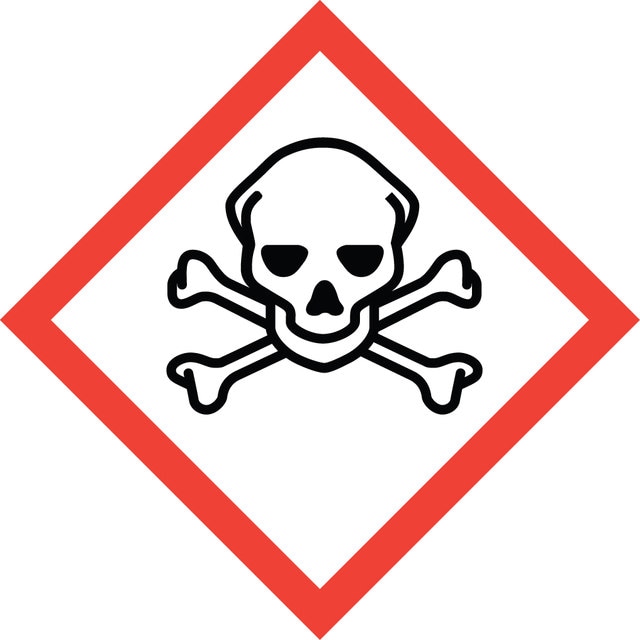L4391
Lipopolysaccharides from Escherichia coli O111:B4
γ-irradiated, BioXtra, suitable for cell culture
Synonim(y):
LPS
pochodzenie biologiczne
Escherichia coli (O111:B4)
Poziom jakości
sterylność
γ-irradiated
linia produktu
BioXtra
Formularz
lyophilized powder
oczyszczone przez
gel-filtration chromatography
warunki przechowywania
desiccated
metody
cell based assay: suitable
cell culture | mammalian: suitable
zanieczyszczenia
<1% Protein (Lowry)
rozpuszczalność
H2O: 5 mg/mL, slightly hazy
Zastosowanie
clinical research
life science and biopharma
temp. przechowywania
2-8°C
Szukasz podobnych produktów? Odwiedź Przewodnik dotyczący porównywania produktów
Opis ogólny
Zastosowanie
Działania biochem./fizjol.
Cechy i korzyści
- High-purity compound suitable for a wide variety of research applications
Rekonstytucja
Inne uwagi
Hasło ostrzegawcze
Danger
Zwroty wskazujące rodzaj zagrożenia
Zwroty wskazujące środki ostrożności
Klasyfikacja zagrożeń
Acute Tox. 2 Oral
Kod klasy składowania
6.1A - Combustible acute toxic Cat. 1 and 2 / very toxic hazardous materials
Klasa zagrożenia wodnego (WGK)
WGK 3
Temperatura zapłonu (°F)
Not applicable
Temperatura zapłonu (°C)
Not applicable
Wybierz jedną z najnowszych wersji:
Masz już ten produkt?
Dokumenty związane z niedawno zakupionymi produktami zostały zamieszczone w Bibliotece dokumentów.
Nasz zespół naukowców ma doświadczenie we wszystkich obszarach badań, w tym w naukach przyrodniczych, materiałoznawstwie, syntezie chemicznej, chromatografii, analityce i wielu innych dziedzinach.
Skontaktuj się z zespołem ds. pomocy technicznej